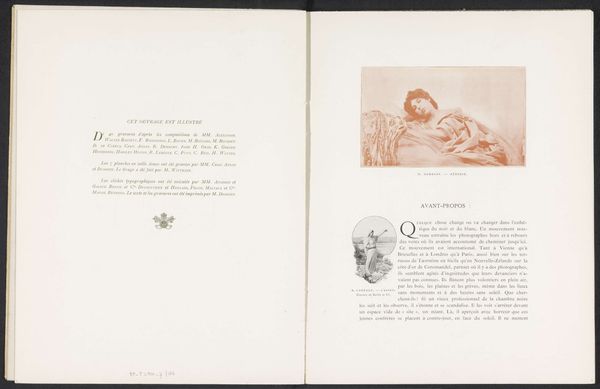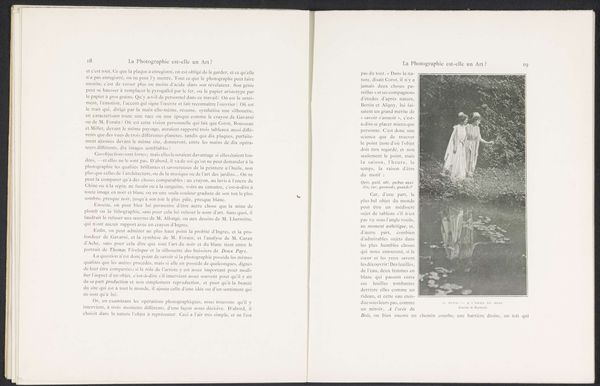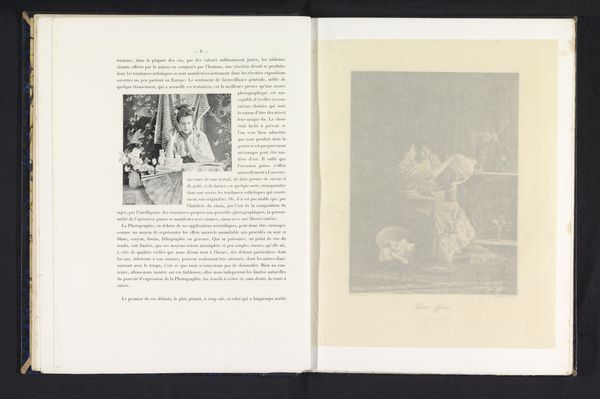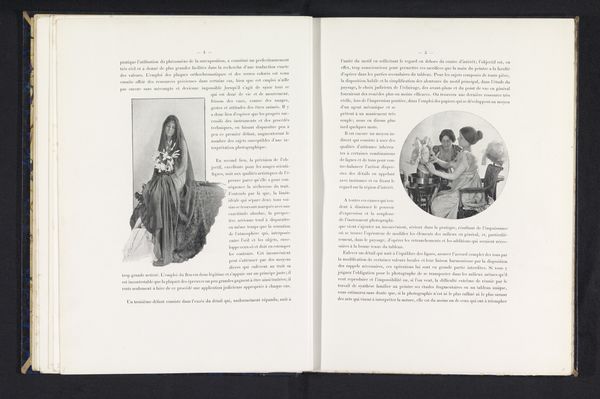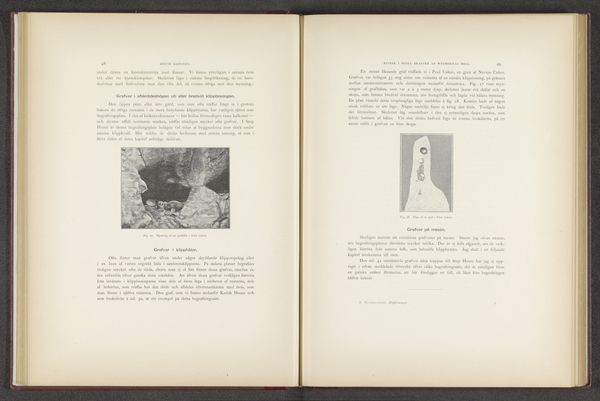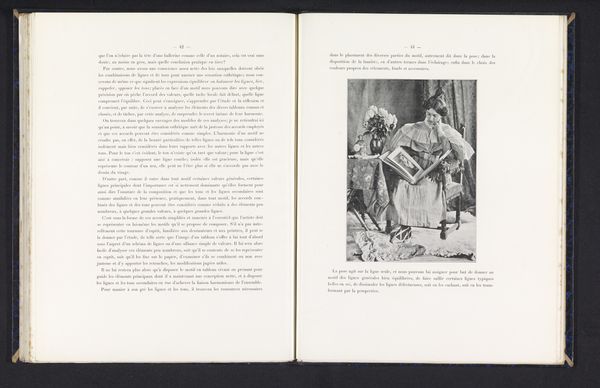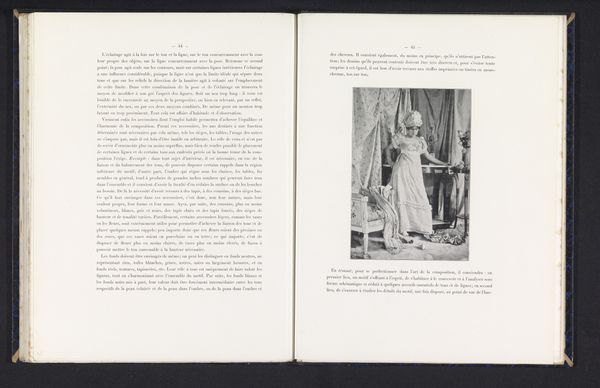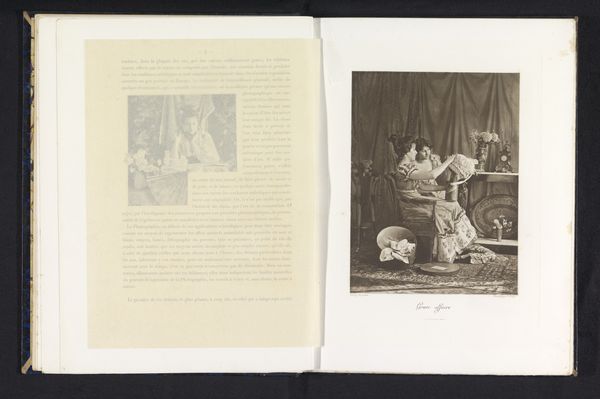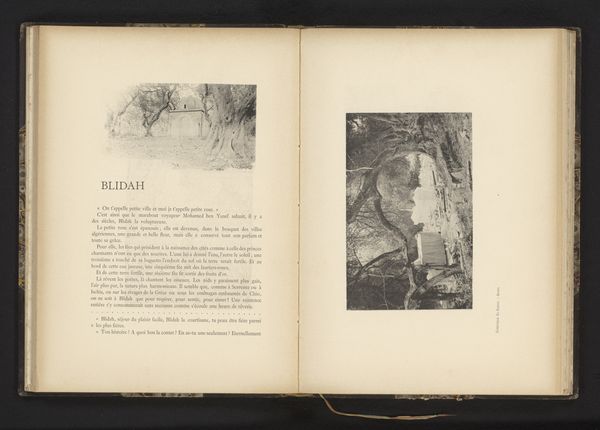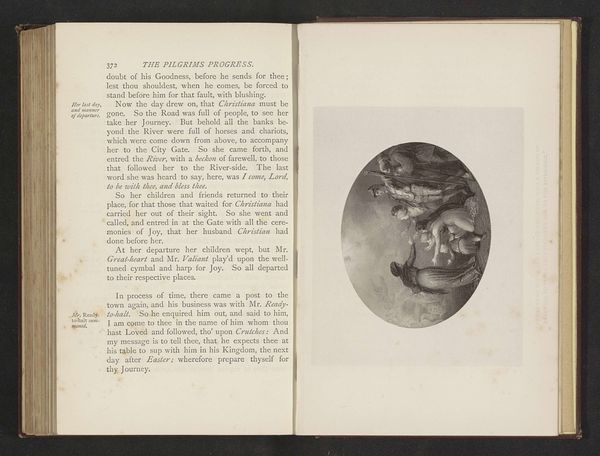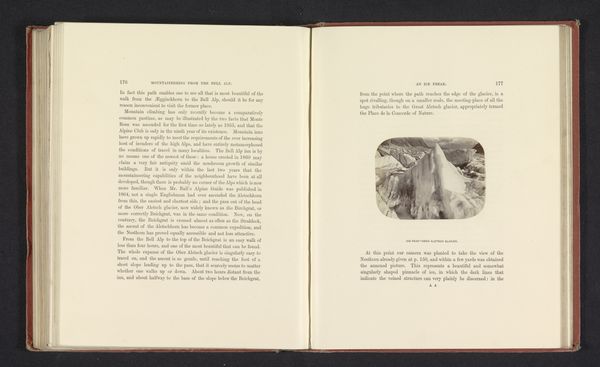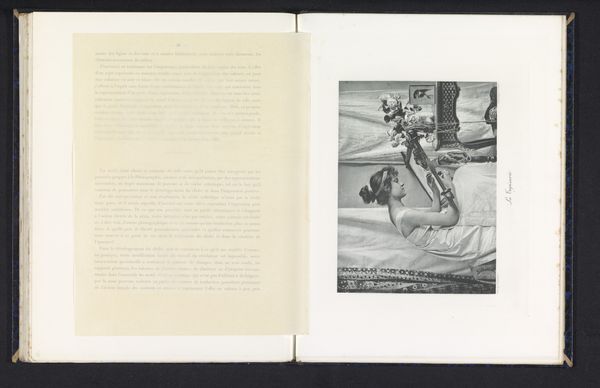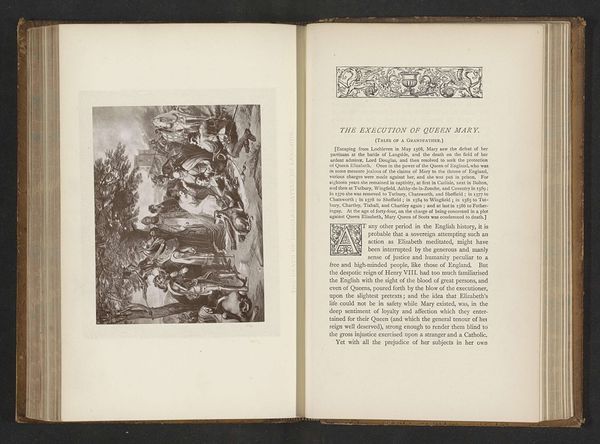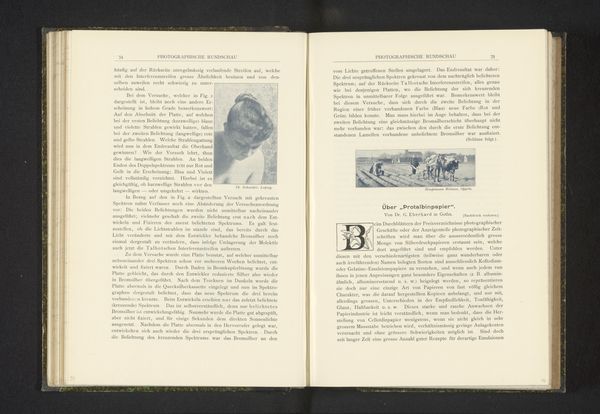
photography, albumen-print
#
pictorialism
#
flower
#
photography
#
symbolism
#
albumen-print
Dimensions: height 330 mm, width 250 mm
Copyright: Rijks Museum: Open Domain
Curator: I am immediately drawn to the interplay of light and shadow, a delicate tonal range creating a dreamy atmosphere. It’s a striking, yet calming, composition. Editor: That dreamy quality is very much the point! We’re looking at "Twee vrouwen met bloemen" ("Two Women with Flowers"), an albumen print, placing it firmly within the Pictorialist movement of the late 19th century. The photographer, Robert Demachy, produced it sometime before 1899, and you can find this particular print at the Rijksmuseum. Pictorialism, of course, sought to elevate photography to the status of fine art, often employing soft focus and manipulative printing techniques. Curator: Indeed, the manipulation is evident. It almost looks like a painting, a sort of Impressionistic blur rendered through photography. I find that the softness enhances the subject's delicate, feminine quality. But it feels symbolic too, particularly as it echoes other symbolist approaches from painting during that period. Editor: I think it’s hard to disentangle Demachy’s work from wider late 19th-century discussions about the role of women, emerging modernity, the rapid development of new visual technologies, class anxiety and—frankly—moral panic around the shifting terrain of visibility and representation. There’s an undercurrent of tension beneath that "feminine quality." Curator: An interesting idea; however, look at the composition. The arrangement of the flowers and the draping fabric serve to draw your eye through a diagonal line from the lower left towards the upper right of the work, creating balance. Editor: And for whom does this balanced image serve? Who gets to interpret the symbolism of the flowers or that translucent fabric? Demachy himself was an extremely wealthy, educated man and—because of his positionality within fin-de-siecle Paris—his gaze and his interpretation becomes canonized, which reinforces existing power dynamics of class and gender. Curator: I appreciate you bringing that perspective to light; in that regard, "Twee vrouwen met bloemen," becomes a document that records its contemporary social anxieties and power relations. Editor: Exactly, so next time we’re at the Rijksmuseum let’s contemplate whose stories are being told in these images, and perhaps more importantly, whose stories aren't.
Comments
No comments
Be the first to comment and join the conversation on the ultimate creative platform.
